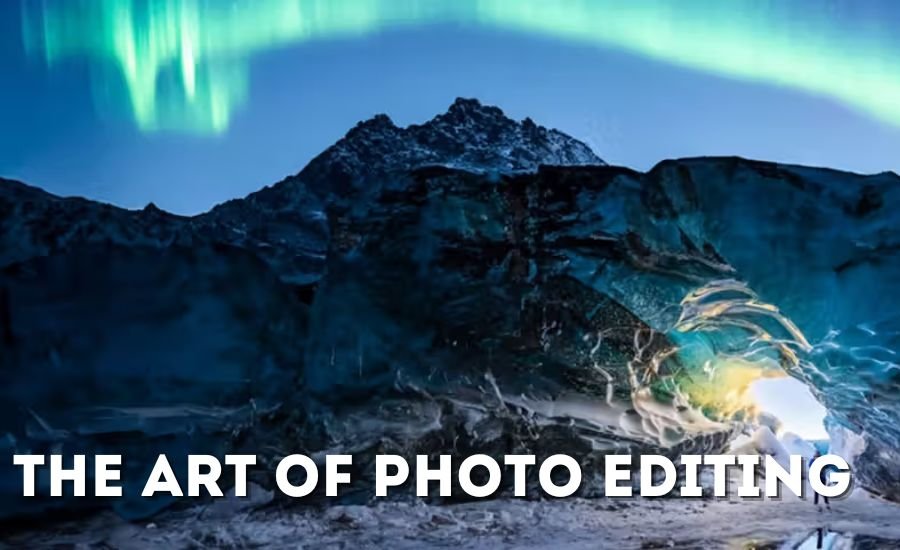Photo editing is an essential skill in today’s visually-driven world. Whether for personal use, social media, or professional projects, editing can enhance the quality and appeal of your images. Here’s an overview of the photo editing process, tools, and techniques that can help you elevate your photography.
Understanding Photo Editing
Photo editing involves adjusting and manipulating images to improve their appearance or to create a specific artistic effect. This can range from simple adjustments, like cropping and color correction, to more complex alterations, such as removing objects or adding elements to the image.
Common Photo Editing Techniques
- Cropping and Straightening: One of the simplest yet most effective ways to enhance a photo is by cropping. This helps to focus on the subject and eliminate distractions. Straightening an image ensures that the horizon line is level, giving it a more professional look.
- Adjusting Exposure and Brightness: Exposure refers to the amount of light that reaches the camera sensor. Adjusting exposure and brightness can bring out details in shadowy areas or tone down overly bright spots.
- Color Correction: Colors can often appear different due to lighting conditions. Color correction involves adjusting the white balance, saturation, and vibrancy to make the image look more natural or to create a desired mood.
- Applying Filters and Effects: Filters can instantly change the feel of a photo. Many editing apps offer presets that allow you to apply a specific style or theme with just a click.
- Retouching: Retouching involves removing imperfections from a photo, such as blemishes, dust spots, or unwanted objects. This technique is especially useful for portraits and product photography.
- Adding Text and Graphics: For social media or promotional materials, adding text or graphics can enhance your image’s message. Many editing tools allow you to easily overlay text in various fonts and styles.
Tools for Photo Editing
There are numerous tools available for photo editing, catering to different skill levels and needs:
- Adobe Photoshop: The industry standard for professional photo editing, offering extensive features for detailed work.
- Adobe Lightroom: Great for batch processing and color correction, ideal for photographers who need to edit multiple images quickly.
- Canva: A user-friendly tool for beginners, allowing for easy graphic design and basic photo edits.
- Snapseed: A powerful mobile app that offers a wide range of editing tools in an accessible format.
Learning Resources
If you’re new to photo editing, numerous online resources can help you get started:
- Tutorials: Websites like YouTube and platforms like Skillshare offer countless tutorials on specific editing techniques and software.
- Online Courses: Websites like Coursera or Udemy offer structured courses on photography and editing, often led by professionals.
The Impact of Photo Editing
Effective photo editing can dramatically change the perception of an image. It allows photographers to convey their intended message, evoke emotions, and enhance the overall visual experience. Whether you’re capturing landscapes, portraits, or everyday moments, mastering photo editing can elevate your work and engage your audience.
Conclusion
Photo editing is a powerful tool that transforms ordinary images into captivating visuals. With the right techniques and tools, anyone can learn to enhance their photos and express their creativity. Whether you’re a hobbyist or a professional, investing time in learning photo editing will undoubtedly pay off in the quality of your images.
Get the Latest Updates On ILOUNGE

Specializing in insightful and engaging articles across a range of topics. With a keen eye for detail and a passion for delivering high-quality information, Mary helps readers stay informed with the latest trends and updates


